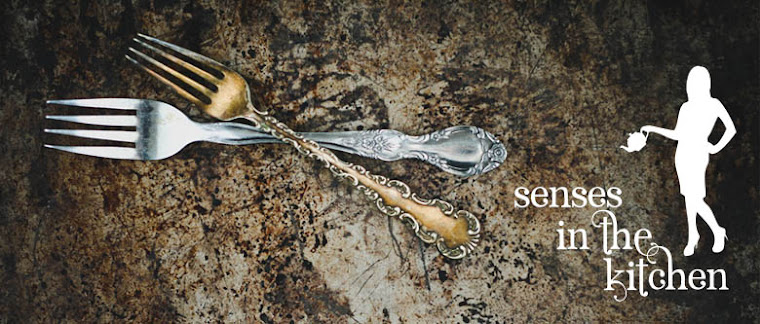
Few weeks ago I have received an invitation to join a competition for Best Cabbage Recipe and I thought I will just ignore it. The prize is very tempting, but at that time I did not feel like cooking a cabbage dish at all.
Last week I had this light bulb moment when I saw Polish sauerkraut in Tesco, something that I do not eat very often. I love the taste of it; however it is not widely available where I live. I had this overwhelming feeling that I have to buy it and cook it as soon as possible. Also we had an appetite for traditional Polish beetroot soup (clear version, not with chunky vegetables, like this one), and we had this homemade sour vegetable juice in the fridge which is a perfect addition to beetroot soup and it makes it more interesting.
Therefore I have made those lovely pasties (not the nipples covers though!) filled with mix of green cabbage, sauerkraut and wild mushrooms. Something very Polish, very exciting and easy to turn into a version for meat lovers by adding some fried, cubed, smoked bacon (pancetta is perfect). You can have it as a snack, or perhaps a starter, traditionally it is served with clear hot soups such as beetroot soup or clear broth. We had lots of them for a dinner; we love them so much, we did not need anything else but a cup of hot beetroot soup.
I did not want to accept the competition invitation first, but then realised that who would cook cabbage better than Polish girl?
Hope you enjoy it! If you would like to vote for this or other recipes, please click HERE.

Makes 10-15
For the dough:
250g strong white bread flour
150g rye flour
7g dry yeast
about 250ml lukewarm milk (or more/less, depends on flour)
1 egg
1 tsp salt
1 tsp sugar
1 tbsp melted butter
For the filling:
about 300g sauerkraut, drained and roughly chopped (you can buy it in any Central or Eastern Europe delicatessen)
1/2 small white cabbage, chopped
handful of dried wild mushrooms, soaked, drained and roughly chopped
1 onion, peeled and diced
large garlic clove, peeled and chopped
2 tbsp vegetable oil
1 tbsp butter
2 tbsp tomato pure
salt
freshly ground black pepper
few drops of lemon juice (or more to your taste)
pinch of sugar
2 bay leaves
few whole all spice
To finish off:
1 egg, beaten
some black onion seeds
some fennel seeds
First prepare the filling: boil the cabbage and the sauerkraut separately in salted water, with some allspice and bay leaves, until soft. Drain and mix together in one pan.
Fry the onion and mushrooms in a pan in the mixture of butter and oil until soft. Next add the garlic and fry for another minute. Add the garlic, onions and mushrooms to the cabbage, add the tomato pure and mix well. Season with the salt, pepper, some sugar and lemon juice accordingly to your taste.
I prepared the filling day ahead and reheated it 2-3 times, so all the excess of moisture evaporated and the flavours matured.
Next prepare the dough. I used bread machine. Put all of the ingredients in the bread machine and use “dough” programme. If using your hands mix all the wet ingredients and add to the mixed dry ingredients and start to mix the dough and knead it for about 10 minutes, until firm and elastic. Then place the dough in a bowl, cover and leave it in warm place until doubled in size.
When dough is ready, punch all the air out and roll on lightly floured surface, until about 2mm thick. Then cut the squares (length of the edge about 15cm), and place some filling on one half of each, making sure you have some dough left on the edges to seal. Brush the edges with little water. Cover with time remaining half, overlapping the half with filling. Press the edges tightly. To make the edges look nice use the top of the knife blade and press it to the edges lightly.
Place the pasties on a baking tray lined with some baking paper, cover with clean kitchen towel and leave them for about 1.5 hour. They will rest and puff slightly.
Heat the oven to 180 C. Brush the pasties with beaten egg, sprinkle half with onion seeds and rest with the fennel seeds (it helps to digest the cabbage). Bake for about 20-25 minutes, until golden and leave to cool on a wire rack.
Serve hot or cold. These are suitable to reheat in a microwave.










